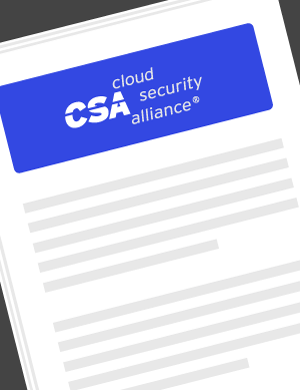Download Publication

Who it's for:
- System architects and designers
- Security professionals using autonomous systems
- AI practitioners
- Technical decision-makers
Secure Agentic System Design: A Trait-Based Approach
Release Date: 07/30/2025
Updated On: 08/07/2025
Thanks to powerful reasoning models, AI agents are making more nuanced decisions and interacting more effectively with their environments. At the same time, AI researchers continue to develop more dedicated agentic AI frameworks and platforms. These platforms enable a wider range of organizations to leverage the power of autonomous agents. The combination of advanced reasoning models and readily available agentic frameworks creates a perfect storm for widespread enterprise adoption.
This publication from the CSA AI Technology and Risk Working Group addresses the unique security challenges of agentic AI. As AI transitions from passive tools to autonomous decision-makers, traditional security frameworks struggle to contextualize these new risks. Instead, we need a trait-based approach to agentic system security that identifies fundamental patterns in agent behavior and their associated vulnerabilities.
By mapping security concerns directly to architectural choices, this guidance enables system designers to integrate security into the earliest stages of the design. Following this roadmap will allow designers to securely build our autonomous future.
Key Takeaways:
- The identifying characteristics and unique security challenges of agentic systems
- Why securing agentic systems requires a fundamental shift from a "perimeter defense" mentality to a "Zero Trust, continuous verification" one
- What a trait-based approach to agentic system design looks like
- Key traits and patterns, including orchestration, communication, planning, perception and context, agent learning, trust, and tool usage
- The need for close collaboration between AI practitioners, security professionals, and system architects
Download this Resource
Interested in helping develop research with CSA?
Related Certificates & Training
.png)
Learn the core concepts, best practices and recommendation for securing an organization on the cloud regardless of the provider or platform. Covering all 14 domains from the CSA Security Guidance v4, recommendations from ENISA, and the Cloud Controls Matrix, you will come away understanding how to leverage information from CSA's vendor-neutral research to keep data secure on the cloud.
Learn more
Learn more




.jpeg)
.jpeg)

.jpeg)
